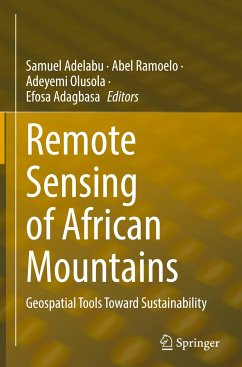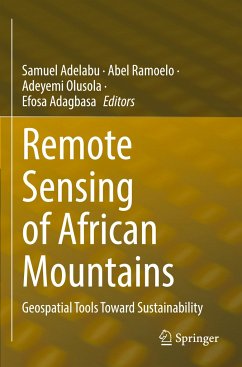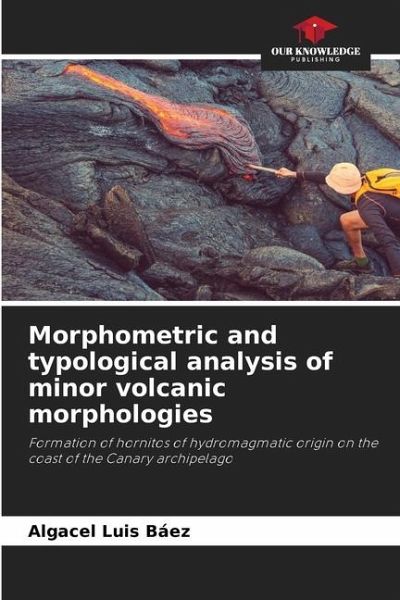
Morphometric and typological analysis of minor volcanic morphologies
Formation of hornitos of hydromagmatic origin on the coast of the Canary archipelago
Versandkostenfrei!
Versandfertig in 6-10 Tagen
27,99 €
inkl. MwSt.

PAYBACK Punkte
14 °P sammeln!
Hydromagmatic hornitos, known in the Anglo-Saxon literature as pseudo-craters or littoral cones, are small mounds built by lava fragments that are arranged on the surface of many lava flows. Their study is of great interest for research on the behaviour of lava flows in regions of lava-water interaction (coastal, lake, etc.) and their influence on the morphology of volcanic areas (such as Hawaii, the Canary Islands or Iceland). In addition, their analysis involves an explosive procedure of less intensity, but of equal behaviour, than the large volcanic complexes of explosive genesis by water-m...
Hydromagmatic hornitos, known in the Anglo-Saxon literature as pseudo-craters or littoral cones, are small mounds built by lava fragments that are arranged on the surface of many lava flows. Their study is of great interest for research on the behaviour of lava flows in regions of lava-water interaction (coastal, lake, etc.) and their influence on the morphology of volcanic areas (such as Hawaii, the Canary Islands or Iceland). In addition, their analysis involves an explosive procedure of less intensity, but of equal behaviour, than the large volcanic complexes of explosive genesis by water-magma contact. The methodology used was based on the morphometric and typological analysis of both the smaller topographic units and the surrounding lava flows, using GIS technology. In the Canary Islands, these minor topographic anomalies appear to be unrooted constructions, of varied plan and elevation, whose spatial distribution is usually associated with the layout of the different flow units of a lava flow and the geometry of the different lava lobes, being linked to the location of lava flows in the environment.





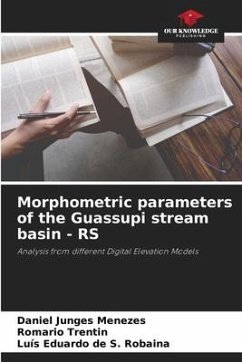
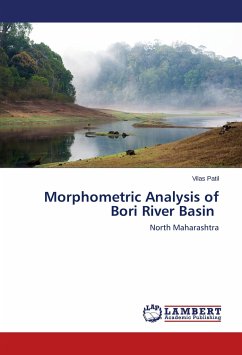
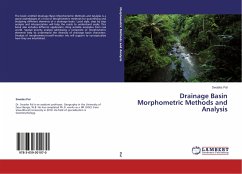
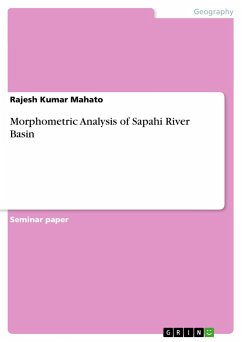
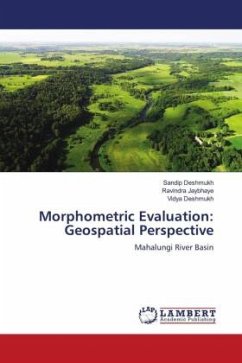
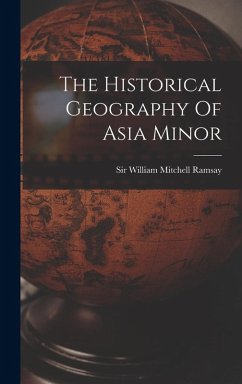
![Atlas Minor [cartographic Material]: or a New and Curious Set of Sixty-two Maps, in Which Are Shewn All the Empires, Kingdoms, Countries, States, in A Cover Atlas Minor [cartographic Material]: or a New and Curious Set of Sixty-two Maps, in Which Are Shewn All the Empires, Kingdoms, Countries, States, in A](https://bilder.buecher.de/produkte/71/71541/71541061n.jpg)
